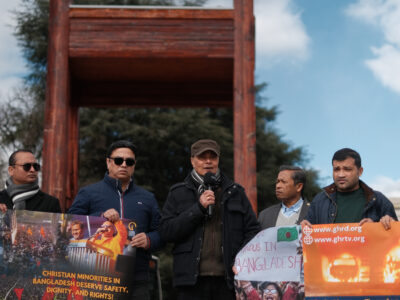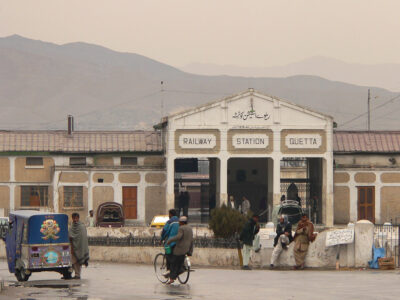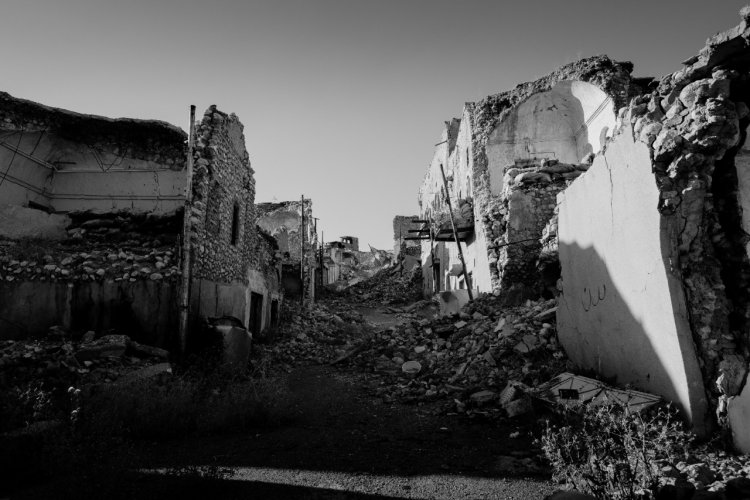The use of anti-personnel landmine is, alongside with their production, transfer and stockpiling, is prohibited since September 1997 under a convention of the United Nations Office for Disarmament Affairs. The Convention counts, to this day, 133 signatories and 164 parties. Before the convention, the use of anti-personnel landmines was regulated under the Convention on Certain Conventional Weapons but many countries argued for a complete ban of those weapons. Since then, the convention has almost completely halted the production of anti-personnel landmines and resulted in the destruction of tens of millions of stockpiled mines.








Comments